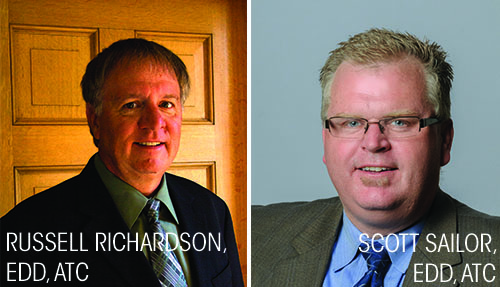1. The history of Athletic Training and Indiana State University are closely tied. Indiana State was one of the first universities to offer a Post-Professional Athletic Training Program, and it has a fantastic reputation for graduating competent, and passionate evidenced-based clinicians.
2. ISU trusts its Graduate Assistants (GAs). On campus, there are four GAs who work independently with their respective sports teams and, most of the time, he or she is the only Certified Athletic Trainer at an event. The other two teams (football and track and field/cross country) have larger athlete populations, and therefore, multiple GAs are assigned along with two and one staff athletic trainers, respectively. At the high schools, there are anywhere from one to two GAs in addition to a Head Athletic Trainer (two exceptions, see 9/19/14 blog post). Even with multiple Athletic Trainers at a given site, the autonomy given is unlike what I have seen previously, which allows each GA to develop his or her clinical decision skills independently.
3. You are a result of your experiences. I felt going to a smaller university, in a different conference and in a completely different location with different environmental concerns (snow) would help me to become a more aware, practiced and, in the end, a better athletic trainer. To stay in too familiar a setting would be easy. I wanted to be challenged because how do you know how good you are if you always do things the same way?
Post-graduate education is about progress and for each of us, progress comes in different forms. Sometimes I wish people would ask me, how did you learn about ISU, considering it’s so far away from where you come from? It would give me a better opportunity to tell people how great Indiana State is in the Athletic Training community.
Kelly Brock, LAT, ATC

 RSS Feed
RSS Feed
